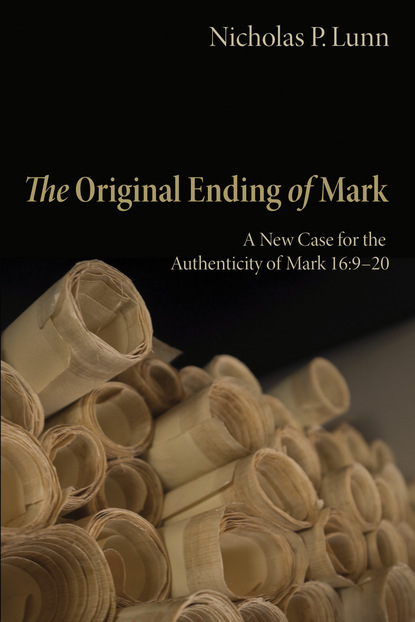
The Original Ending of Mark скачать fb2
Nicholas P. Lunn - The Original Ending of Mark краткое содержание
Although traditionally accepted by the church down through the centuries, the longer ending of Mark's Gospel (16:9-20) has been relegated by modern scholarship to the status of a later appendage. The arguments for such a view are chiefly based upon the witness of the two earliest complete manuscripts of Mark, and upon matters of language and style. This work shows that these primary grounds of argumentation are inadequate. It is demonstrated that the church fathers knew the Markan ending from the very earliest days, well over two centuries before the earliest extant manuscripts. The quantity of unique terms in the ending is also seen to fall within the parameters exhibited by undisputed Markan passages. Strong indications of Markan authorship are found in the presence of specific linguistic constructions, a range of literary devices, and the continuation of various themes prominent within the body of the Gospel. Furthermore, the writings of Luke show that the Gospel of Mark known to this author contained the ending. Rather than being a later addition, the evidence is interpreted in terms of a textual omission occurring at a later stage in transmission, probably in Egypt during the second century.
Скачать книгу «The Original Ending of Mark» Nicholas P. Lunn
Чтобы оставить свою оценку и/или комментарий, Вам нужно войти под своей учетной записью или зарегистрироваться



